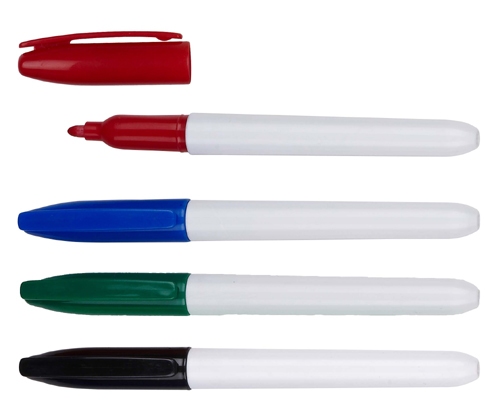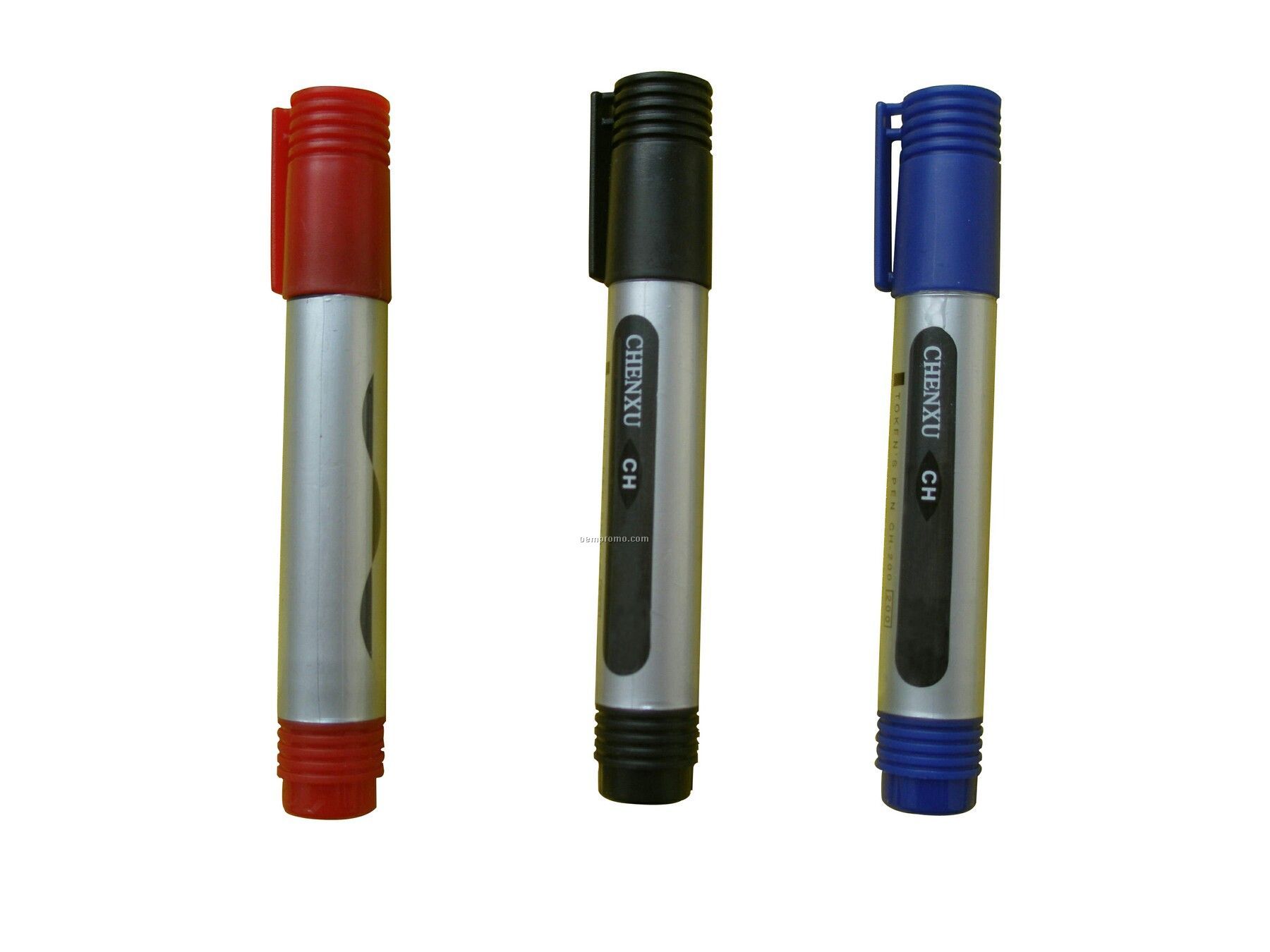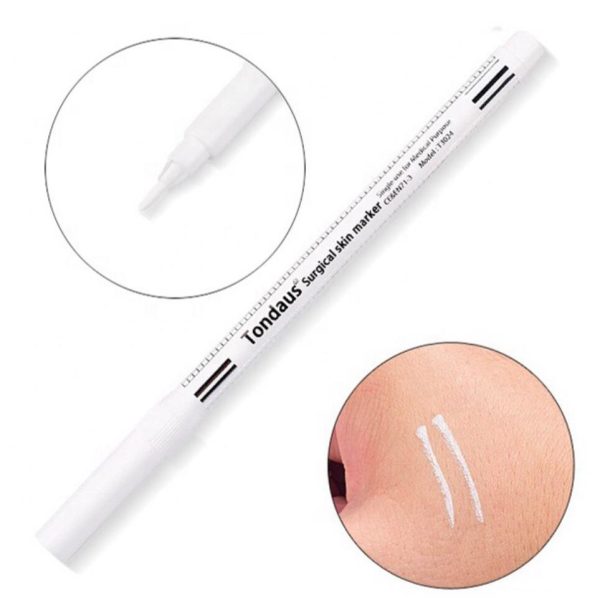

Adhesive whiteboards come in either a sheet or a roll and feature a stick back enabling the user to create a custom size board or project with the material. Whiteboard material can be bought in rolls, sheets, and pre-formed boards. for monitor screen filters, which is optically coated.

They are generally manufactured from technical glass, e.g. Other types of dry marker boards are also available, such as high gloss vinyl and coated paper, which can be rolled up, high-density two-part high gloss paints, glass and coated acrylics and polypropylene magic whiteboards which use static electricity to cling to walls, windows, and doors.Ĭlear marker surfaces, made of glass (matte or glossy) or specially coated acrylic, became available around the mid-2000s. Enameled boards are more expensive and less used in commercial environments, but in more demanding environments with heavier use, such as educational establishments, porcelain boards are considered superior. Enameled whiteboards, also referred to as porcelain and sometimes glass boards, have the advantage that markings can be erased completely other materials tend to become stained over time. Cheaper versions were then produced, including laminated chipboard, high-pressure laminates and steel boards with a matte-finished or glossy white, usually polyester or acrylic, coating. The first whiteboards were very expensive and were made of an enameled steel. By the late 1990s, about 21% of American classrooms had converted from chalkboards to whiteboards. They became more common in classrooms during the 1990s due to concerns over health problems in children with dust allergies and the potential for chalk dust to damage computers. Whiteboards began being commonly used by businesses in the early 1990s. Dry-erase markers for whiteboards were invented in 1975. Early whiteboards needed to be wiped with a damp cloth and markers had a tendency to leave marks behind, even after erasing the board. Whiteboards became commercially available in the early 1960s, but did not become widely used until 30 years later. Door sign to the offices of Magiboards at The Cut in Waterloo, London, in 1966. Photographer Martin Heit and Alliance employee Albert Stallion have been credited with the invention of the whiteboard.

History A combination between a whiteboard and a cork bulletin board Original early 1960s ad for "Plasti-slate", the first whiteboard/dry erase board invented by Martin Heit The term whiteboard is also used to refer to interactive whiteboards. This is a common feature of many virtual meeting, collaboration, and instant messaging applications. Such "virtual tech whiteboards" allow one or more people to write or draw images on a simulated canvas.
White out marker pen software#
The term whiteboard is also used metaphorically in reference to features of computer software applications that simulate whiteboards. The popularity of whiteboards increased rapidly in the mid-1990s and they have become a fixture in many offices, meeting rooms, school classrooms, public events and other work environments. Whiteboards are analogous to blackboards, but with a smoother surface allowing for rapid marking and erasing of markings on their surface. Researcher writing on a whiteboard Whiteboard with marker and eraserĪ whiteboard (also known by the terms marker board, dry-erase board, dry-wipe board, and pen-board) is a glossy, usually white surface for making non-permanent markings.

For Microsoft application with the same name, see Microsoft Whiteboard. For software-based whiteboards, see Whiteboarding. This article is about physical whiteboards.


 0 kommentar(er)
0 kommentar(er)
